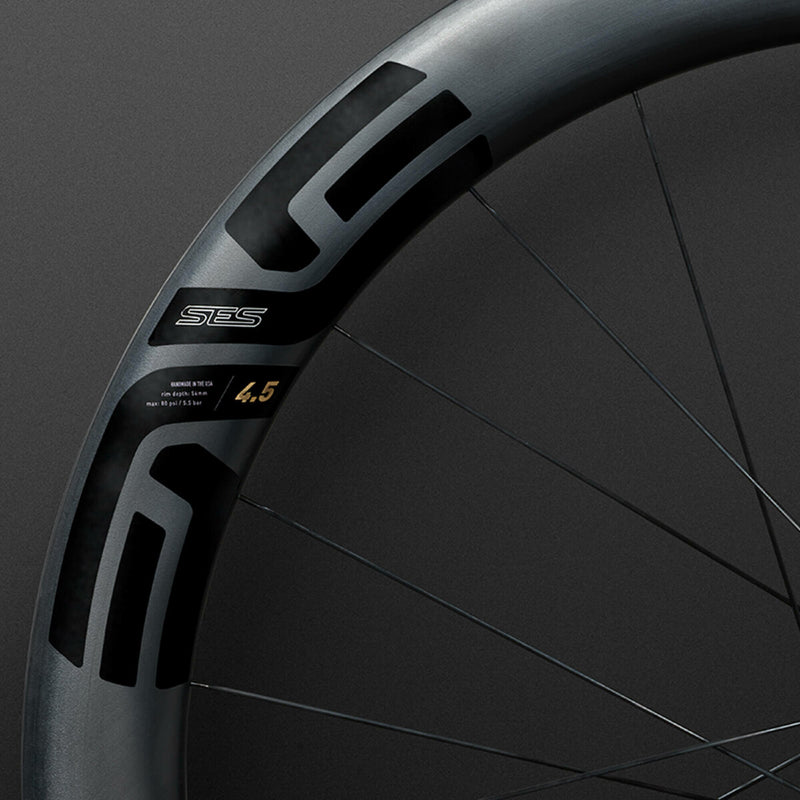Rim Cement
Couldn't load pickup availability
Shipping Information
Shipping Information
Shipping eligibility & rates are available at checkout. All Bikes are assembled and repacked for shipping.
Note: There are bikes that are not eligible for shipping due to manufacturer restrictions.
Contact us for special delivery request and quotes.
Free Shipping on all Apparel, Component and or Accessory orders over $150
Contact Us
Contact Us
info@strictlybicycles.com for Sales
service@strictlybicycles.com for Service and Repair
Phone: (201) 944-7074 Option 1 for Sales - Option 2 for Service and Repair
For instant response please use our chat feature
Description
Description
Conti's standard glue is optimized for aluminum; the carbon-specific glue is optimized for carbon. They aren't willing to divulge to us the science behind what makes the carbon-specific cement carbon-specific, no doubt fearing the rise of a Competitive Cyclist tub glue competitor. All the same, Continental assures us that either will work on either rim, just the specific glues work better with their intended rims.
Regardless of Conti's assurances, we recommend going with the standard option for alloy and the carbon option for carbon. To justify our position, we refer you again to the above Beloki reference. That crash may have been caused by melting glue on a hot descent with heavy braking, but there's no reason to add any more risk than necessary.
Despite the presence of whatever alchemical agent recommends the carbon cement for carbon rims, the two glues are about the same in terms of texture, viscosity, curing time, etc. A single 25g tube of Continental Carbon Rim glue should be enough to secure one tire to one wheel, with maybe a little left over.
Secure your tubs in rim-appropriate confidence
Standard cement allies with alloy rims
Carbon rim cement secures tires to carbon
Payment & Security
Payment methods
Your payment information is processed securely. We do not store credit card details nor have access to your credit card information.
















